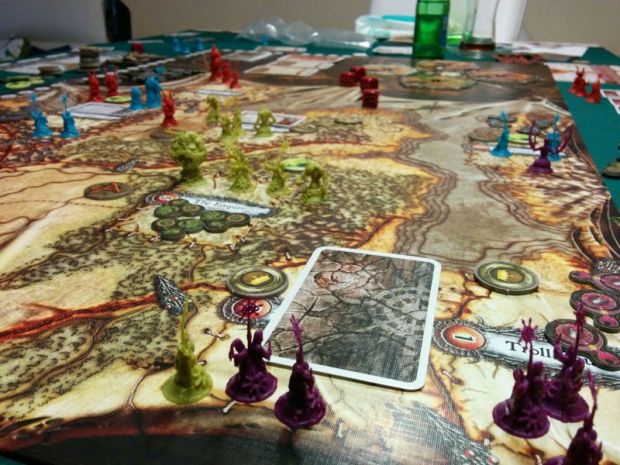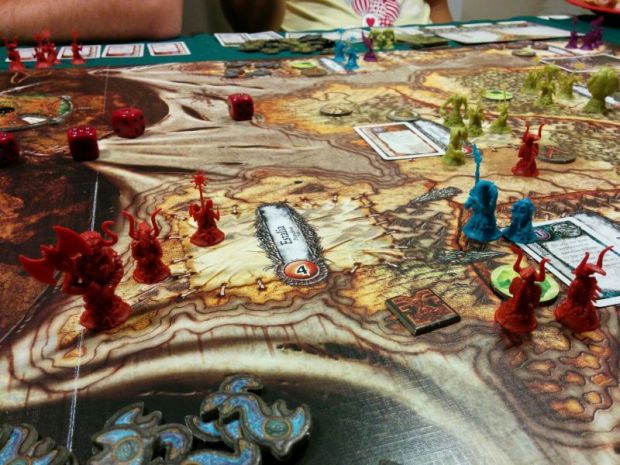Hello and welcome to my unboxing/review of Fantasy Flight Games’ Chaos in the Old World board game. While the game itself is not brand new I thought it would be a good idea to take a closer look at it considering I’m a huge fan of the Chaos gods! So without further ado here’s what’s interesting about the game.
In Chaos in the Old World the players take on the role of one of the Chaos Gods prevalent in the Warhammer Fantasy and WH40k universe: Khorne, Nurgle, Tzeentch and Slaanesh, each representing a category of vice they feed on from the mortal realm. The Chaos Gods try to exert their influence in the lands of Warhammer Fantasy by summoning demons, spreading corruption through their cultists, casting spells, using Chaos powers and fighting for supremacy among each other while meeting resistance from the “good guys” inhabiting the World. Each successful action based on the Chaos God’s specialty either turns their Threat Dial, providing Victory Points (VP), beneficial effects or upgrades or provides points for endgame. The players can win by reaching 50 VP, reach the highest VP at the end of ruining more than half the World (more on this later) or having the highest threat by reaching the victory slot on their threat dials.
Contents
I got the game during my last visit to the US along with some other goodies but only found enough time to do a few playtests with my favorite board game buddies recently. It got a little battered during transit from overseas but the contents are unharmed which is what matters. This is one of those games that uses a good number of plastic miniatures to represent forces so immediately gets my attention as they’re candidates for painting! The gaming board, cards and figures are what you would usually expect from an FFG game.
The Board:
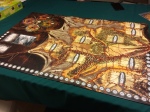
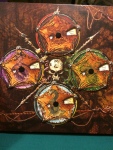
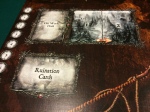
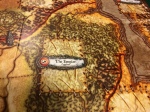
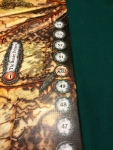
Units:
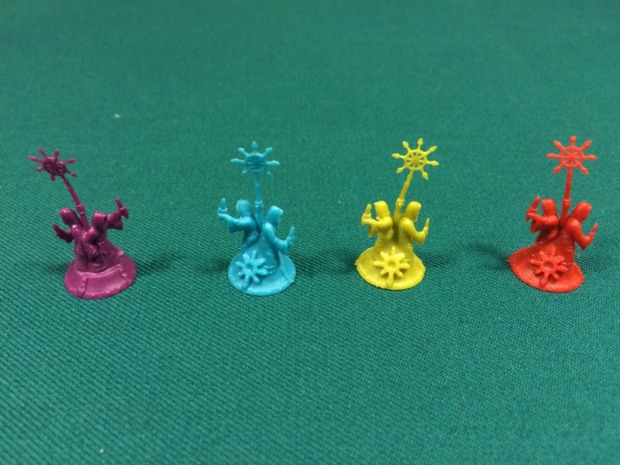
All units are of course color coded, this is the only way to differentiate the Cultists from one another before you paint them up.
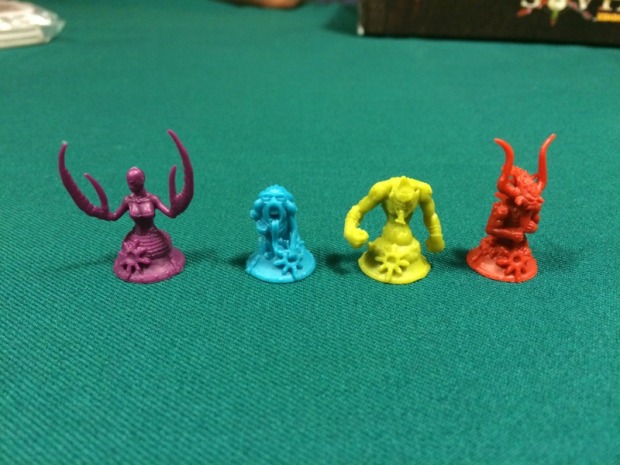
Here we get a bit more specific. The standard foot soldiers of each Chaos God are nicely scuplted: Daemonettes, Horrors, Plaguebearers and Bloodletters.
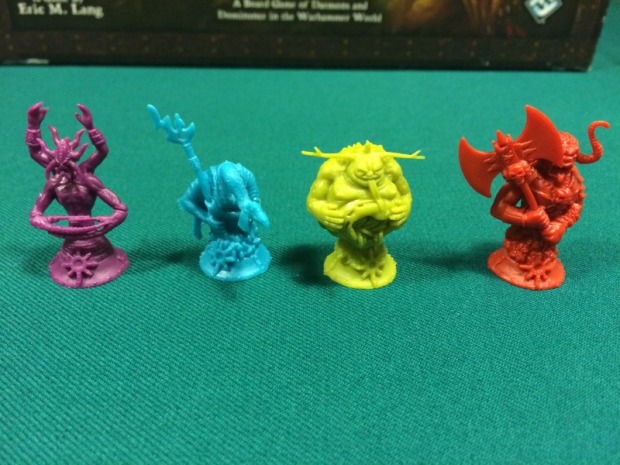
The crown jewel are the Greater Daemons, of which each God gets just one. They’re the Keeper of Secrets, Changer of Ways, Great Unclean One and the Bloodthirster.
While each Chaos God gets one Greater Daemon, they have different amounts of Cultists and “Warriors” that complement their strategy. Tzeentch and Nurgle have a high number of Cultists that allow them to rack VPs, whereas Khorne employs more Bloodletters to wage war across the board while having only three Cultists.
Chaos God Cards:
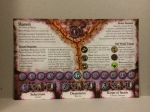
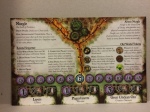
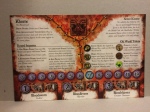
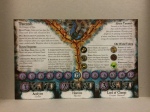
Chaos Powers, Upgrades and Ruination Cards:
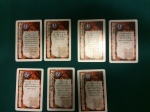
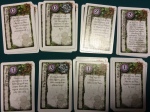
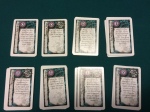
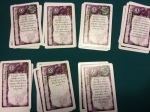
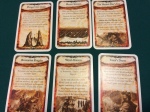

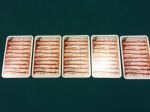
Tokens:
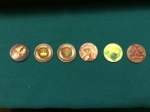
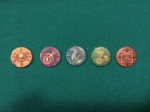
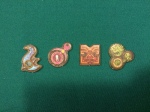
Gameplay
Each turn of Chaos in the Old World is comprised of the following steps: Old World scenario reveal, summoning or moving minions or casting Chaos Powers, combat with the Old World or with other Gods, Domination of areas, corruption/ruination of lands via Cultists and determination of VP allocation and dial turn rights. Thus every round the players face a different challenge either in form of a random event thanks to the Old World minions or other players through their combative or conquest actions. The more areas of the board are ruined the closer the game is to the end.
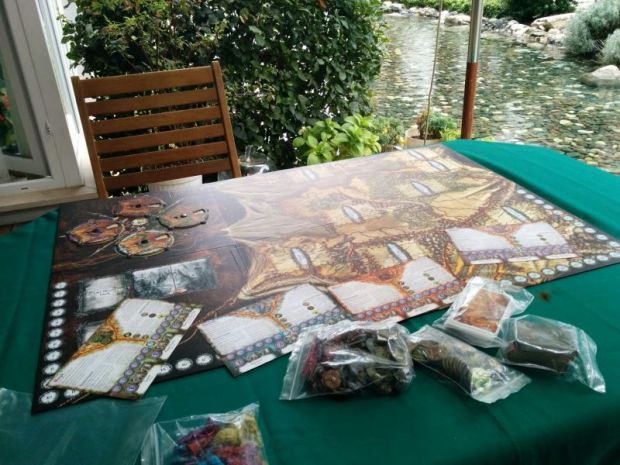
As with other FFG games it takes a while to fully set up the board and figure out the rounds and cards for the first few games.
The strategy to win differs quite a bit with every game since the opening moves of the Old World are quite random. Before any player makes a move the regions are populated with the peasants, warpstones and nobles which can create a challenge to Slaanesh for example who thrives on spreading corruption in places where nobles are present or Tzeentch who seeks to corrupt areas with warpstones. On top of this the Old World deck presents challenges that may come in form of added heroes who slay the Gods’ minions every turn or other mischievous or beneficial effects.
Another aspect I find interesting is that FFG has used a mechanic that makes playing different Chaos Gods a sort of a challenge. The order of who plays first always runs in the order of Khorne first, then Nurgle, Tzeentch and lastly Slaanesh, reflecting their comparative power and age. This gives a first dibs advantage to Khorne on the first round in determining where to spread but later on I believe will turn to a disadvantage once the other players find out how to counter the opening moves.
While I’m pretty far away from theorycrafting the metagame in Chaos in the Old World, in the few games we had among friends we got a pretty good grasp of the mechanics of the game. The last game we were able to finish had all four players and I picked Khorne. Here’s what I figured so far:
- While each God has a different threat dial turn condition and can strategize to follow them, not every God benefits from turning the dial fully. It looks to me that Khorne and Slaanesh benefit the most from this because Khorne has a relatively easier condition to turn and Slaanesh has the smallest dial.
- VP stacking benefits all Gods except Khorne with Nurgle leading the way. Getting early ruination of cities and dominating as many places as possible is key.
- Threat amount is important to track who will be the target of the Old World heroes and who will decide some of the conditions of the Old World cards.
- As Khorne I did not deploy following a PvP aspect of the game which is a huge mistake – the most replenished targets for combat are other players and a Khorne player should constantly be harassing others.
- Don’t be too scared of heroes but mind them nonetheless. Don’t leave your Greater Daemon lying around when one is present in your area.
- I paid almost no heed to my Chaos Power cards. Don’t make the same mistake. While this is especially important for Tzeentch as a spellcaster, all Gods have pretty cool Powers to play on the field. You can also troll other players by limiting their casts since each area can only have up to 2 powers working until end of turn.
- Spread as much as possible as being wiped out of the board has no game ending effects. That said do not stretch your forces too thin and provide opportunities of attack to your enemies.
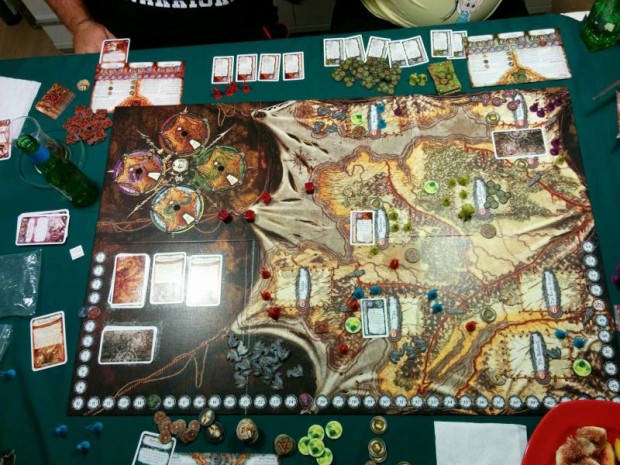
A parting shot of our game. In the end Slaanesh was victorious. Quite surprising but hey, such are the ways of the Warp!
I’m planning to get the expansion for this game as well – The Horned Rat! That adds a fifth player with unique tokens and new effects as well as a PvE deck that seriously tests the players against the heroes of the Old World. But that will have to wait about a month.
Hope you enjoyed the post and let me know what you think in the comments!
Filed under: Board Games, Review Tagged: board games, chaos, miniature hobby, miniature wargaming, warhammer
